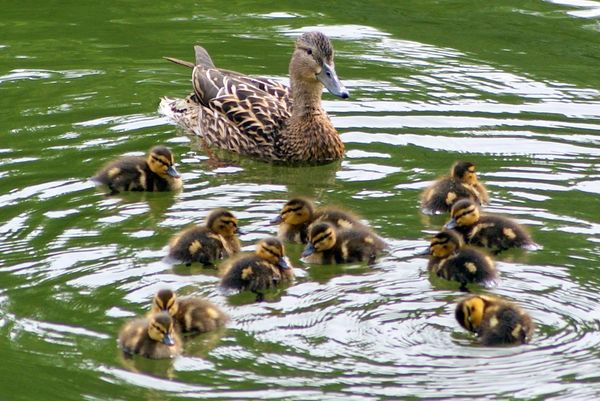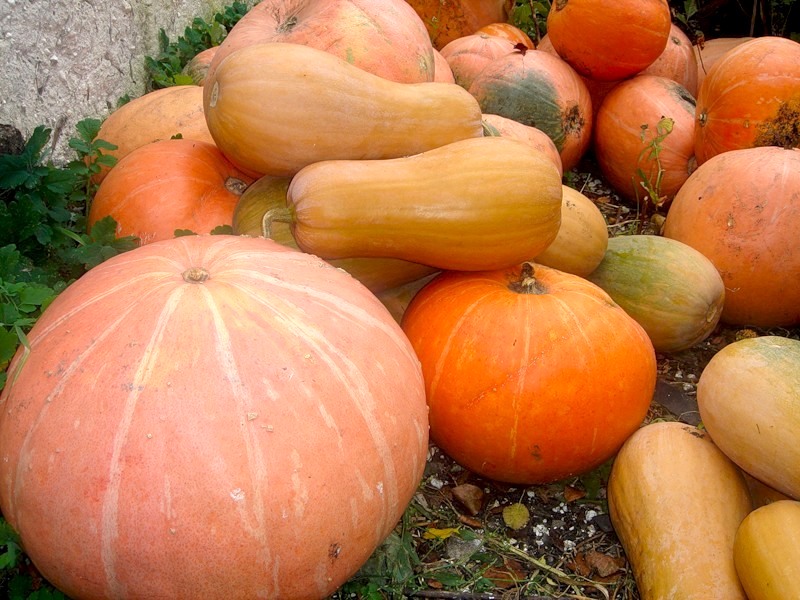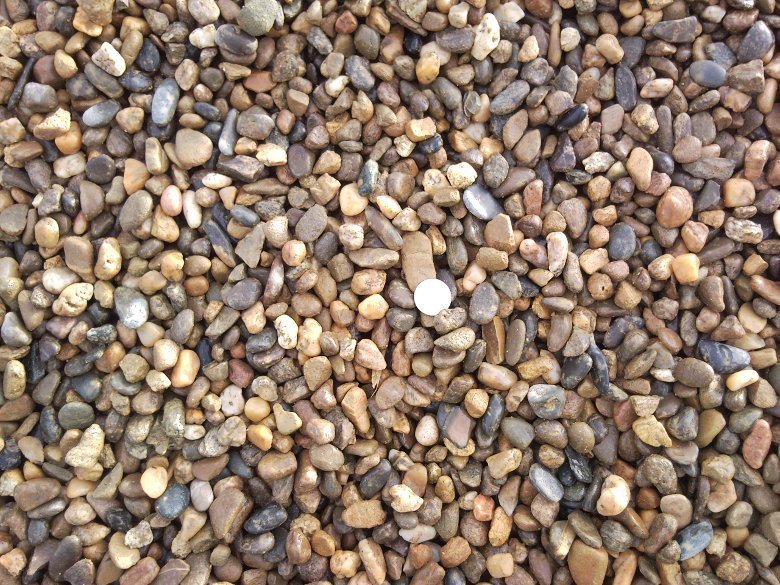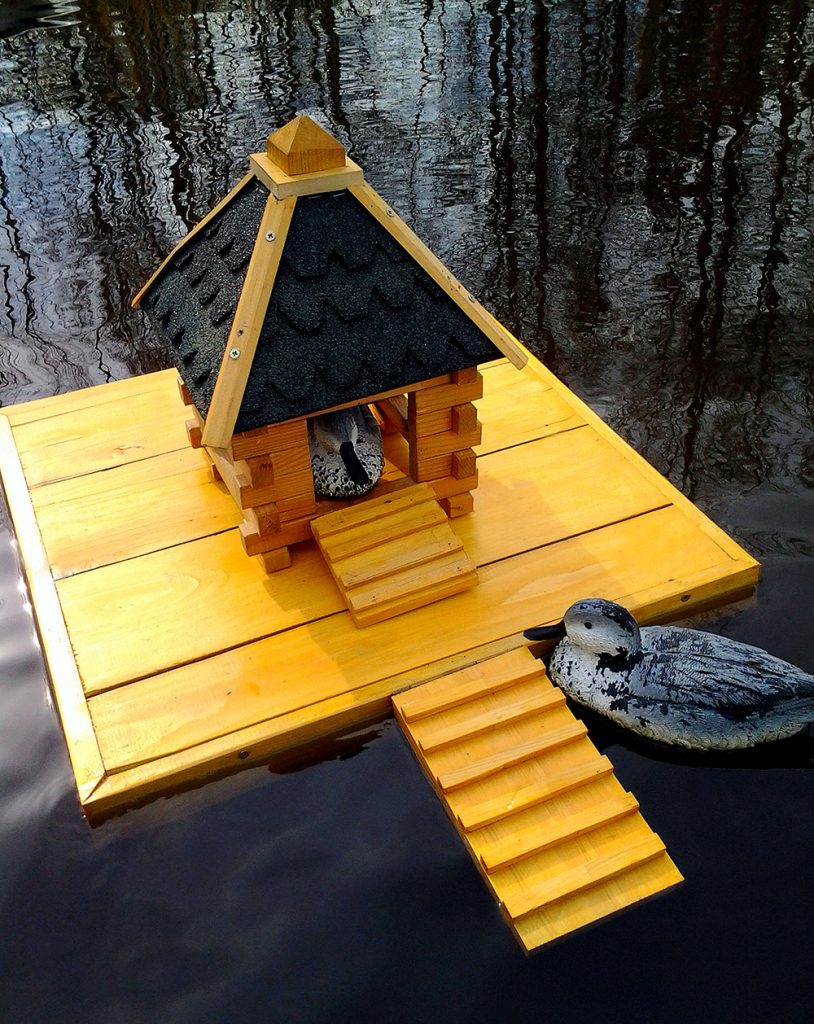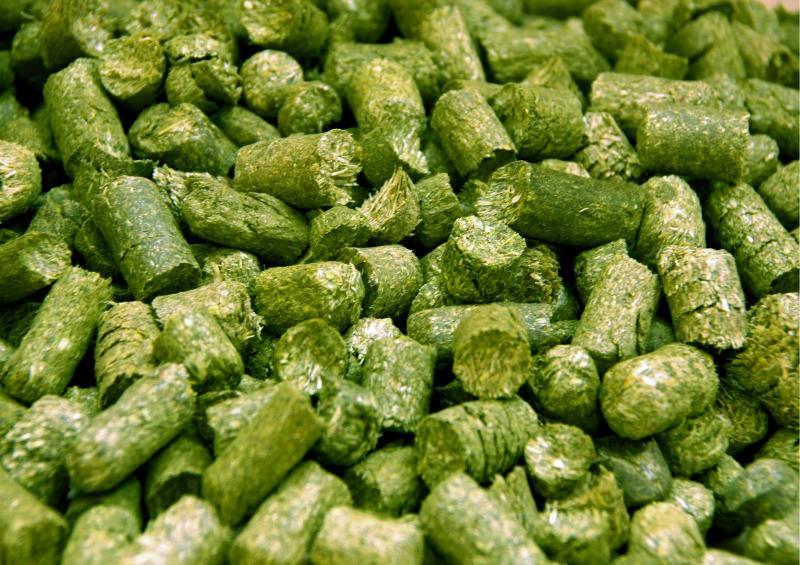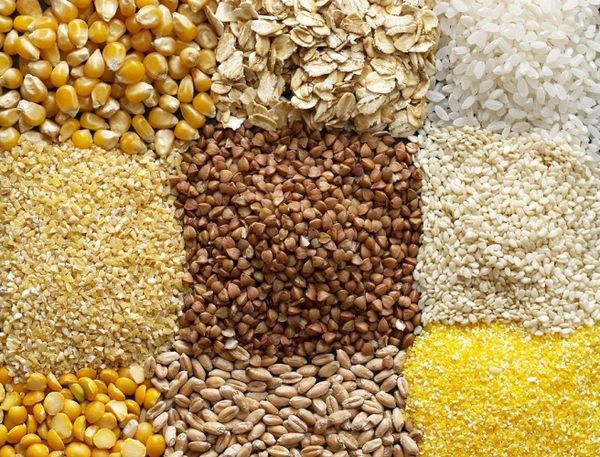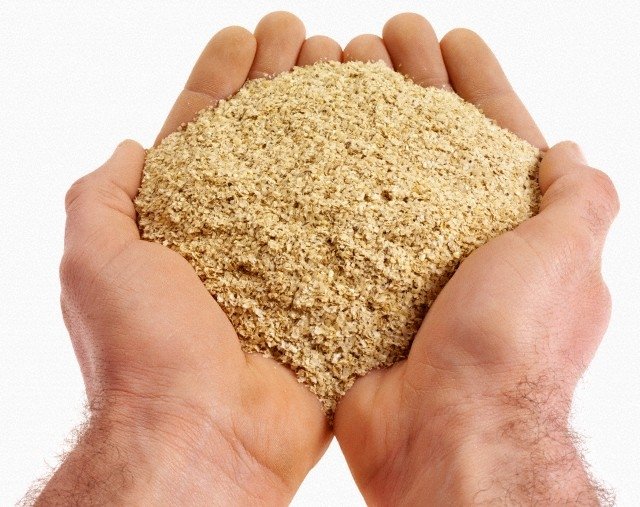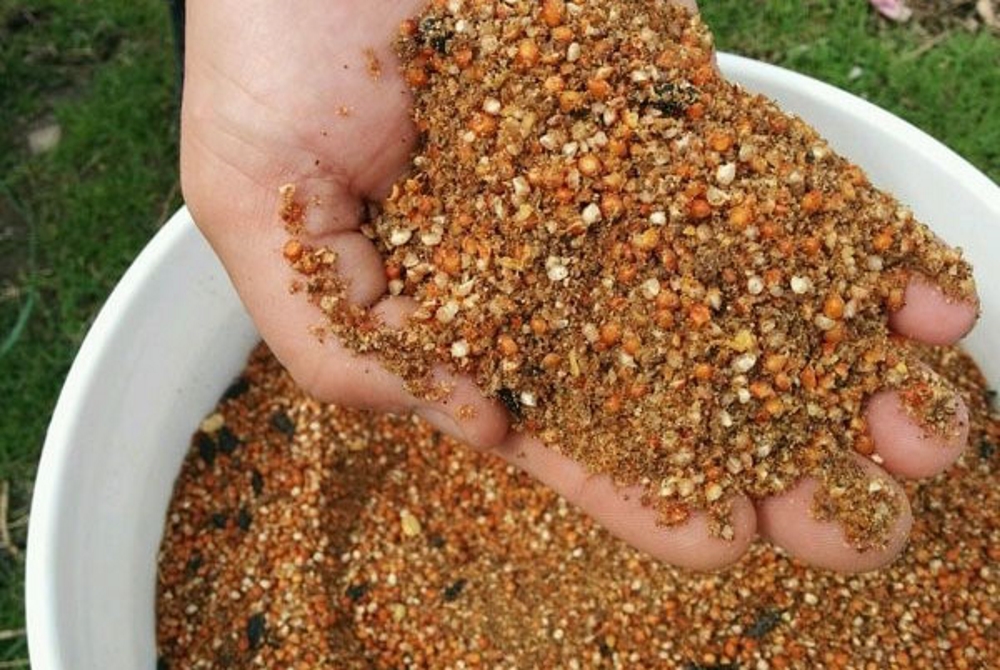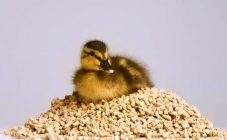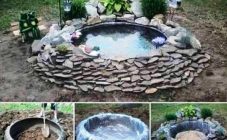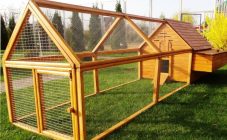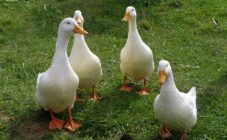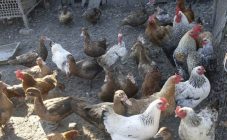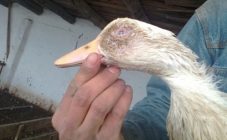Content:
Ducks are omnivorous, but this does not mean that they can be fed everything. Some foods can even be dangerous, and good intentions can be tragic.
Walking near water bodies, you can observe how vacationers feed the ducks, throwing bread into the water. For birds living on water in the warm season, food is usually sufficient, which they get themselves. It is known that in nature ducks eat mainly food of plant origin.
In the diet of a wild duck everything that the reservoir can provide it: duckweed, algae, grass on the shore. Despite the fact that ducks eat in the pond preferably plant food, they willingly eat the fauna of the reservoir: fry, worms, tadpoles, mollusks, larvae. Even small fish and young frogs can become prey.
Wild birds are specially attracted to city water bodies, since they, collecting food from the bottom in shallow water, eat mosquito larvae.
From what wild ducks eat, it is clear that the food is mostly protein and fibrous. When autumn comes, the menu will show the grain feed, which they will begin to collect from the harvested fields, and the one that produces wild cereals.
What is bad for ducks
The mallards are most widespread in reservoirs. They are already so accustomed to people that they can safely feed from human hands.
You can't feed them bread. The crumbs pollute the water by stimulating the development of cyanobacteria. Observing how a beautiful drake or a female begging for food, the question arises against her will: how to feed the ducks on the pond in summer? And now all the available edibles are sent to the reservoir. At the same time, a person does not think that this can destroy them.
Dangerous food
Before feeding a bird, you should know which foods are dangerous. It is strictly forbidden to feed:
- Nuts.
- Sweet, fatty and salty foods such as chips, cookies, gingerbread, waffles.
- Onions - the birds are sick of it, and a large portion can ruin.
- With flour. If you mix chopped vegetables with flour, then only with fish or meat and bone. Cereal meal is dangerous because it clogs the airways.
- Ready-made porridge. You should not take porridge on the pond in summer, especially milk, to feed the ducks. This product is perishable, it will quickly sour in heat and cause indigestion.
- Pumpkin. Many vegetables act neutral on the body of birds, but pumpkin, especially in large quantities, causes indigestion. In addition, pumpkin removes calcium from the body and birds then do not keep well on their feet.
- Mold. Any product on which mold has appeared is deadly.
What is the danger of bread for ducks
This is the most dangerous food. Neither bread nor products made from grain flour will benefit, but they will cause considerable harm. Only sometimes it is permissible to feed the birds with rusks by adding them to the mash.
Ornithologists forbid feeding bread to mallards not only in the park. The ban is based on 3 main reasons:
- no natural bird food even resembles bread baked goods;
- their body is not adapted to this type of food and cannot cope with it;
- overeating of bread products due to their swelling, causes blockage of the esophagus.
The consequence of such a diet can even be fatal.
Bread rich in carbohydrates promotes rapid weight gain. This is not permissible for wild birds. The most serious danger is moldy bread, which causes aspergillosis. Although the disease does not appear very often, it is always fatal. The sick individual suffers for a week and dies, since aspergillosis cannot be treated.
Allowed Products
Some farmers have kept wild birds on the farm for more than one year and know for sure that they eat wild ducks at home.
- Grains are healthy: well-fed barley, vitamin-rich wheat, oats for growth and health. For the stomach of young animals, oats are very rough due to the hardness of the shell, but adults can easily cope with it.
- Corn. Youngsters should eat a lot of corn - it is very useful for the growing body, and adults can limit it.
- Greens. A lot of nutrients are found in duckweed, beet tops, chopped young grass.
- Vegetables such as pureed carrots and cabbage. These vegetables are quickly absorbed and do not complicate the body's work. It is much more economical to feed with vegetable leftovers: beet trimmings, cabbage leaves, potato peelings, yellowed spicy herbs.
Hard roots must first be chopped not with a grater or meat grinder. But they willingly pluck leafy vegetables and whole. When spring comes, many vegetables sprout in the cellars. Feathered young juicy shoots will be happy to eat raw.
Fresh greens can be sprouted on purpose by placing small roots in wet sawdust or sand. Legumes are a good source of protein. You can feed the birds with the most affordable peas. But sometimes soy and lentils are added.
Healthy Supplements
What else can you feed wild ducks with is products that are full of nutrients. So, meat and bone and fish meal contains a lot of protein and calcium.
Dairy products are very good for ducklings, especially cottage cheese. Instead of water, the bird can be offered whey.
Young ducklings need an egg as a rich source of protein. It is finely crumbled and added to mash with herbs, cottage cheese.
Bran, meal, cake are very useful for ducks. The right source of calcium should be added to any diet: eggshells, chalk, sand, crushed shells. Eggshells are dried and ground into powder, then added to the feed mixture.
Salt, mineral dressings. Small amounts of these supplements are of great benefit to birds.
At the pet store, you can buy shell rock or feed chalk for ducks so that ducks do not have a lack of calcium in winter. Coarse sand or gravel is a very important supplement for wild ducks. The size of the latter should not exceed 0.5 cm in diameter. Ducks and marble chips, ASG are good for pecking.
Gravel can be poured separately, added to forage mash.
Summer feeding for ducks
In summer, the bird can get enough food for itself, but sometimes situations arise when wild ducks need feeding:
- an ecological problem in a reservoir, in which natural nutrition is simply not enough for birds;
- there are more birds in the pond, and they do not have enough food;
- the presence of injured or sick birds that are not able to get food themselves;
- when a disease dangerous to birds is declared, they are fed feed with special preparations.
Feeding wild ducks in winter
Caring for ducks
Man simply does ducks a disservice: before the onset of severe frosts, the birds will remain defenseless, many will die. Ducks can freeze to ice in a pond, and stray dogs can eat them. And the food will become bad - there is nowhere to get it. In winter, people go to the park very little, they do not care about hungry ducks, which they so eagerly fed in the summer.
If the ducks did not fly away to the winter hut, they remained on the pond, then they must be fed. For this purpose, feeders are installed for wild ducks, which are systematically replenished. In this case, it is necessary to ensure that the remains of the feed do not freeze (remove them in a timely manner).
The question naturally arises - how to feed wild ducks in winter, so that the bird remains healthy and can hatch offspring in the spring. Well-wishers advise to overcatch the birds and keep them in poultry houses until spring. Captivity will destroy wild birds, they are not used to confined spaces. Bird watchers recommend leaving the birds on the lake, but feeding them and breaking the ice on the water, creating enough space for the ducks.
Harvesting feed
Over the summer, you can prepare a lot of useful food for wintering ducks: cabbage, dandelion, nettle, zucchini, alfalfa, pumpkin, any root vegetables.
It is better to dry herbs in small bunches. Hang them in the shade for better preservation of vitamins. Vegetables can be purchased or grown.
In winter, ducks need more grass meal. They need sprouted grains, the need for the consumption of sand and gravel increases. In summer, this was not a problem for the ducks, since they found everything they needed in the pond, but in winter the birds themselves cannot get them.
Any duck feed is pre-crushed. You don't need to throw it into a pond - it will sink to the bottom, part of it will rot. The food is laid out in feeders on the bank and the ducks willingly eat it if they wish.
Since the wild bird is not whimsical at all in care, the only serious problems are ice chipping if necessary, and feeding.
Cereals for winter feeding of ducks
When composing feed and cereal mixtures, it is necessary to maintain the percentage of barley, the remaining components are added by eye. Wild ducks are very fond of oatmeal and pearl barley, but they should be boiled a little beforehand.
- Corn is a valuable source of fiber and protein for wild birds. The grains have a rich yellow color, which means they contain a large amount of carotene, which turns into vitamin A.
- Oats contain fats and amino acids, which are so important for ducks.
- Barley is the basis of the feed mixture. Its content should not decrease beyond the 30% level. Any grain can be used: soaked, crushed, whole, sprouted. The only condition is that only adult birds should consume it (it is categorically forbidden for ducklings).
- Wheat is rich in vitamins and proteins. Wheat of any kind is reported to feed compositions. Sometimes wheat is replaced with millet.
- Peas begin to be introduced to ducks gradually. It must first be crushed. Some individuals do not eat peas and legumes.
Use of compound feed
Combi feeds are available in a wide variety of agricultural markets. They consist of ready-made mixtures of products, crushed to the required state. In addition to them, compound feed is enriched with a number of useful additives, such as amino acids, vitamins, minerals.
Among the variety of products, there is also specialized feed for ducks.You can also find products specifically designed for feeding wild ducks in private estates.
Although it is easier to buy ready-made compound feed than to prepare it yourself, there is a significant overpayment at cost. Feeding a large population of ducks can be very expensive.
As a last resort, you can use standard feed for chickens. It also contains all the components and additives necessary for birds.
Mash
In winter, the ducks need to be fed moistened mash. Despite their varied composition, compound feed is almost always the basis.
They add boiled and raw vegetables, mineral additives: eggshells, feed chalk, crushed shells, river sand.
Finely chopped grass, all kinds of grains, cottage cheese, berries, oatmeal are added to wet mash. Closer to spring, food for ducks should be made more varied, since birds lay eggs in March.
It is very important for wild individuals during this period to mix fishmeal into their food.
If the wild ducks, by the will of fate stayed in the city ponds for the winter, are properly fed, then this will be a real and invaluable help for them. Having survived the harsh winter, beautiful and healthy ducks will liven up the park landscape next summer.
